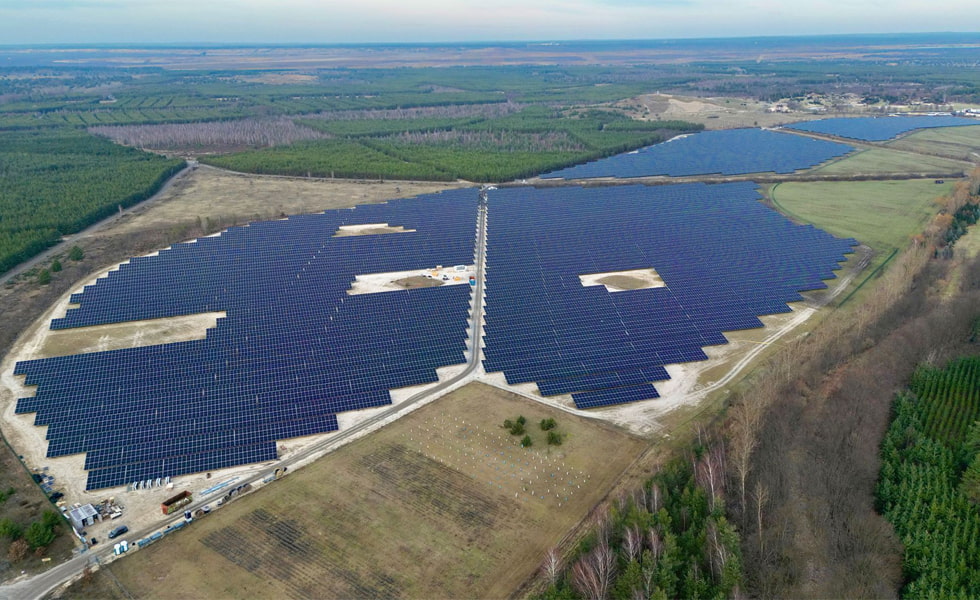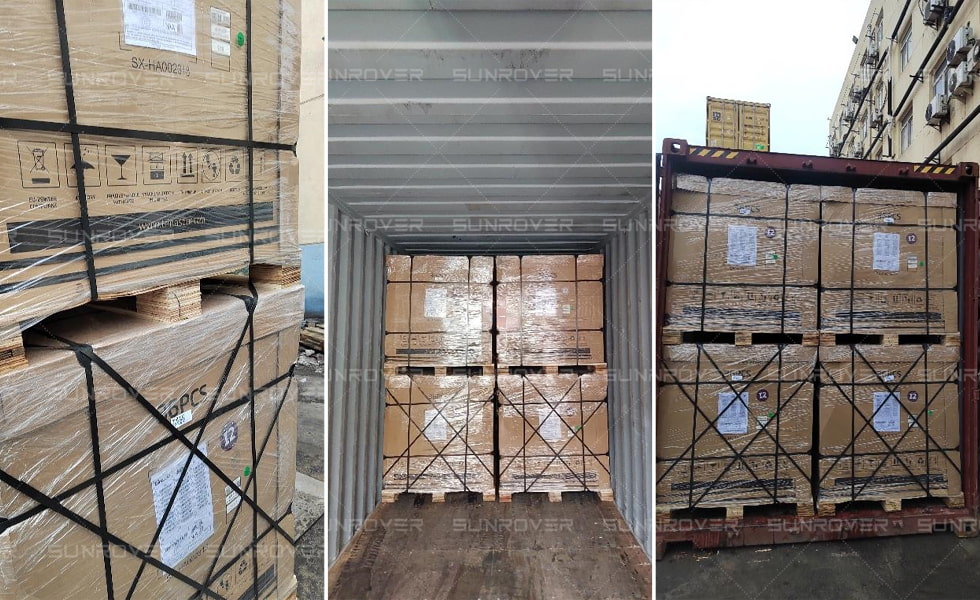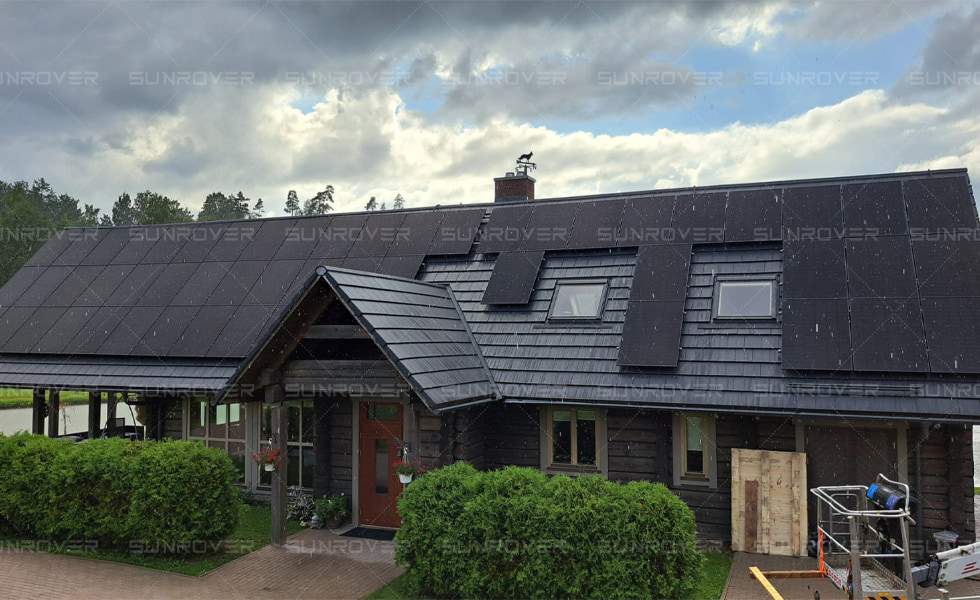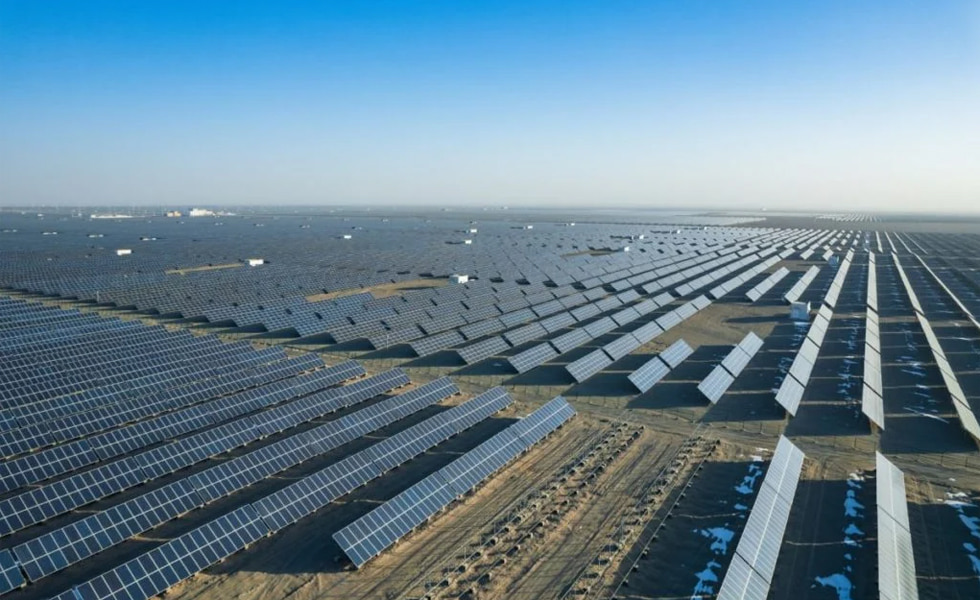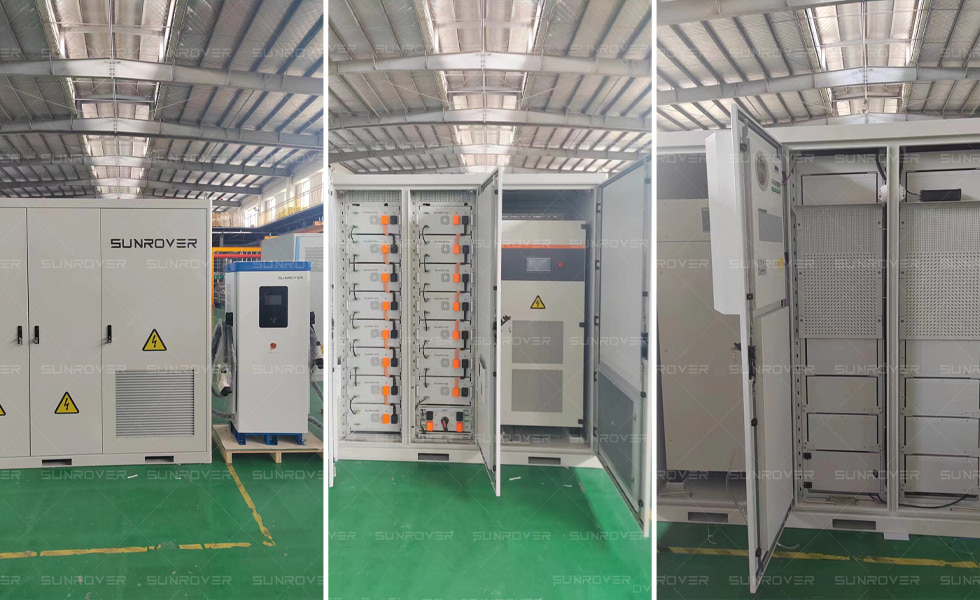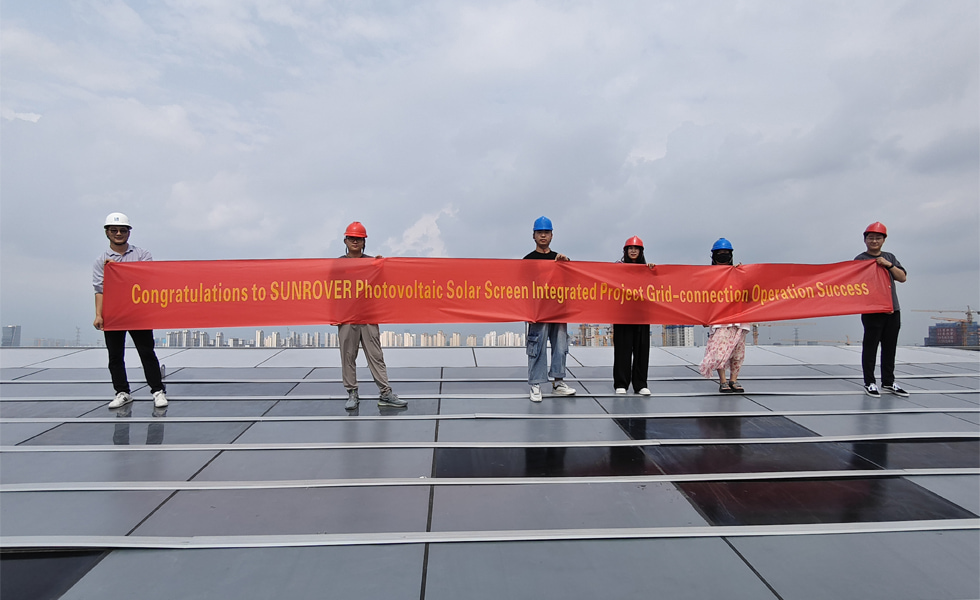SUNROVER Secures Strong Partnership with Pakistani Delegation, Led by Mr. Malik, for Photovoltaic Product Procurement and Strategic Collaboration
August 23, 2024
Hefei, China — August 23, 2024 — In a significant milestone for international renewable energy cooperation, Mr. Malik and his esteemed colleagues from Pakistan arrived at SUNROVER's headquarters in Hefei, China on August 22, 2024, to embark on a productive and insightful dialogue centered around the procurement of advanced photovoltaic (PV) products and the exploration of strategic partnership opportunities. The visit marked a new chapter in the two nations' shared commitment to promoting sustainable energy solutions. During the visit, Mr. Malik, a prominent figure in the Pakistani renewable energy sector, expressed his profound admiration and unwavering confidence in SUNROVER's cutting-edge PV products. He commended the company's dedication to innovation, quality assurance, and environmental stewardship, stating, "SUNROVER's photovoltaic offerings are not just products; they are testaments to the future of clean energy. Their efficiency, durability, and commitment to sustainability align perfectly with our nation's aspirations for a greener, more resilient energy mix." The delegation engaged in intensive discussions with SUNROVER's management team, exploring various aspects of product specifications, supply chain logistics, and potential collaboration models that could facilitate seamless integration of SUNROVER's PV solutions into Pakistan's growing renewable energy landscape. Both sides expressed a strong desire to deepen their relationship, fostering a long-term strategic partnership that would not only benefit the Pakistani market but also contribute to global efforts towards decarbonization. "We are thrilled to have Mr. Malik and his team visit us," said the Sales Director Cherry of SUNROVER. "Their affirmation of our products is a testament to the hard work and dedication of our entire team. This partnership represents a significant step forward in our global expansion strategy, and we are eager to leverage our expertise and resources to support Pakistan's ambitious renewable energy goals." Looking ahead, SUNROVER and the Pakistani delegation have agreed to expedite the negotiation process for a comprehensive procurement agreement, while simultaneously exploring avenues for joint research and development, technology transfer, and capacity building initiatives. The collaboration is expected to significantly boost the availability and affordability of high-performance PV systems in Pakistan, accelerating the country's transition towards a more sustainable energy future. As the world continues to grapple with the challenges of climate change, the partnership between SUNROVER and the Pakistani delegation serves as a beacon of hope, demonstrating the power of international cooperation in driving forward the global energy transition. With shared visions and complementary strengths, both parties are poised to make meaningful contributions to a greener, more prosperous planet.

